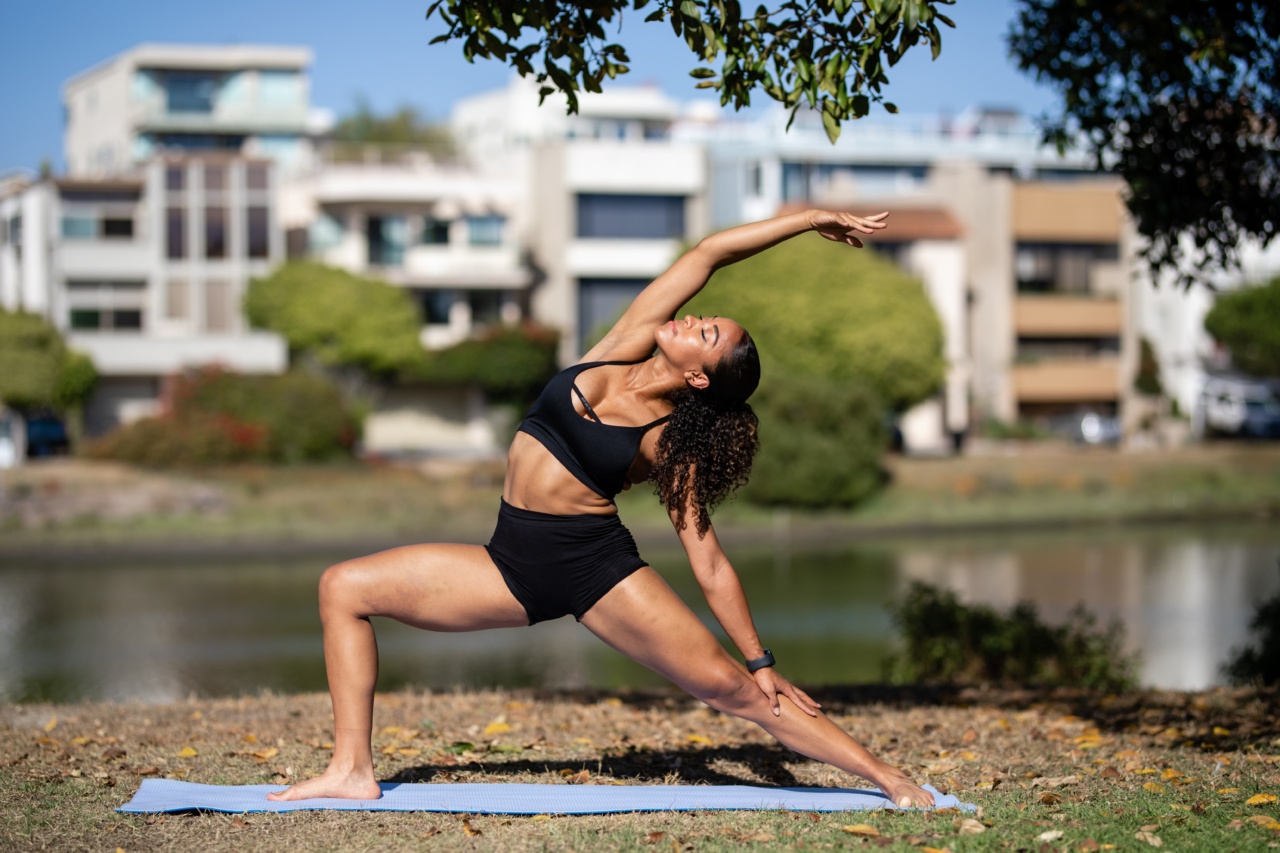Shorts are a popular clothing item during the summer months. They are comfortable, lightweight, and offer a lot of versatility when it comes to styling.
However, there are certain risks associated with wearing shorts, and it’s important to be aware of them in order to protect your health and wellbeing. In this article, we’ll be discussing some of the most common risks of wearing shorts and what you can do to mitigate them.
Increased Risk of Sunburn
One of the major risks associated with wearing shorts is an increased risk of sunburn. When your legs are exposed to the sun for an extended period of time, they are more likely to get burned.
This can cause pain, redness, itching, and even blisters in severe cases. In addition to being uncomfortable, sunburns can also increase your risk of developing skin cancer later in life.
To protect yourself from sunburn, it’s important to apply sunscreen to your legs before going outside. Look for a sunscreen with a high SPF rating and apply it liberally.
You should also try to avoid spending too much time in direct sunlight, especially during peak hours when the sun is strongest.
Insect Bites and Stings
Another risk of wearing shorts is an increased risk of insect bites and stings. When your legs are exposed to the elements, they are more likely to come into contact with insects like mosquitoes, ticks, and bees.
These insects can cause painful bites or stings that can lead to swelling, itching, and even allergic reactions in some individuals.
To prevent insect bites and stings, you can wear insect repellent on your skin or clothing. You should also avoid walking through areas with tall grass or dense foliage, as these are prime habitats for insects.
If you do get bitten or stung, be sure to apply an ice pack to the affected area and seek medical attention if necessary.
Safety Hazards
Wearing shorts can also put you at risk of various safety hazards. For example, if you are riding a bike or operating heavy machinery while wearing shorts, your legs may be more vulnerable to cuts, scrapes, or burns.
You may also be more susceptible to injuries from falling objects or being exposed to harsh chemicals or materials.
To protect yourself from safety hazards, it’s important to be aware of your surroundings and take appropriate precautions. If you are working in a hazardous environment, be sure to wear protective clothing that covers your legs.
If you are riding a bike or engaging in other physical activities while wearing shorts, be sure to wear appropriate footwear and protective gear like knee pads or shin guards.
Poor Circulation
Wearing tight-fitting or constricting shorts can also lead to poor circulation in your legs. This can cause discomfort, swelling, and even varicose veins in some individuals.
Poor circulation can also increase your risk of developing blood clots or deep vein thrombosis.
To prevent poor circulation, it’s important to choose shorts that are comfortable and allow for unrestricted movement. Avoid shorts that are too tight around your waist or thighs, as these can restrict blood flow to your legs.
You should also try to take frequent breaks and move around if you are sitting or standing for long periods of time.
Increased Risk of Skin Irritation
Wearing shorts can also increase your risk of skin irritation, especially if you have sensitive skin. This can lead to redness, itching, and even rashes in some cases.
Common irritants include synthetic fabrics, chemicals in laundry detergents or fabric softeners, and sweat.
To prevent skin irritation, try to choose shorts that are made from natural, breathable fabrics like cotton or linen. Avoid shorts that are too tight or ill-fitting, as these can rub against your skin and cause irritation.
You should also try to avoid using harsh chemicals in your laundry, and rinse your clothes thoroughly to remove any residues.
Increased Risk of Muscular Injuries
If you are not used to wearing shorts and suddenly switch to them, you may be at an increased risk of musculoskeletal injuries.
This is because your muscles and joints may not be used to the increased range of motion that comes with wearing shorts, especially if you are engaging in physical activities like running or jumping.
To prevent muscular injuries, try to gradually incorporate shorts into your exercise routine rather than suddenly switching to them.
You should also stretch your muscles thoroughly before engaging in physical activities and wear appropriate footwear to provide support for your feet and legs.
Conclusion
While shorts may seem like a harmless summer fashion choice, there are actually several risks associated with wearing them.
From increased risk of sunburn and insect bites to safety hazards and poor circulation, it’s important to be aware of these risks in order to protect your health and wellbeing. By following the tips mentioned in this article, you can mitigate these risks and enjoy wearing shorts without putting yourself in harm’s way.































